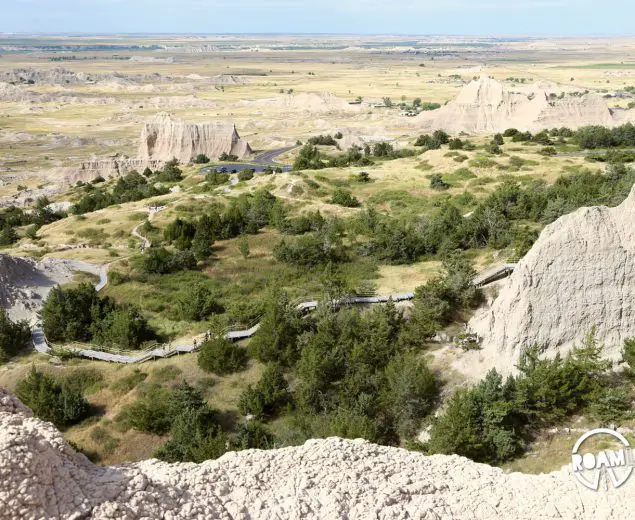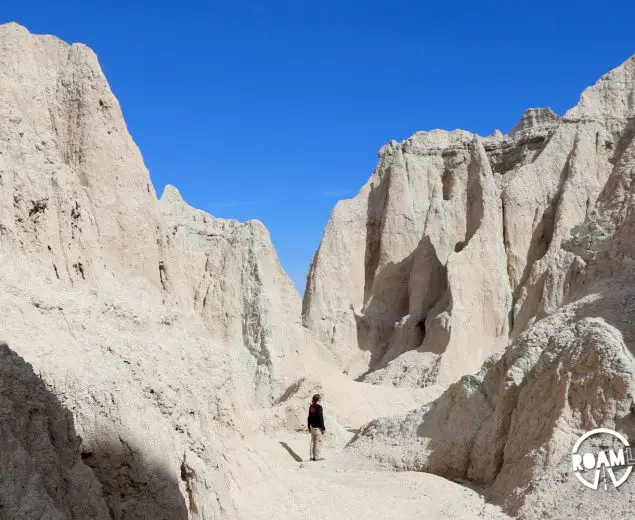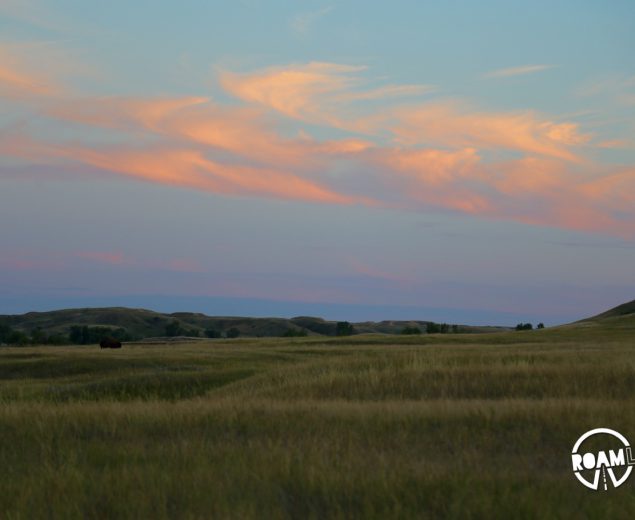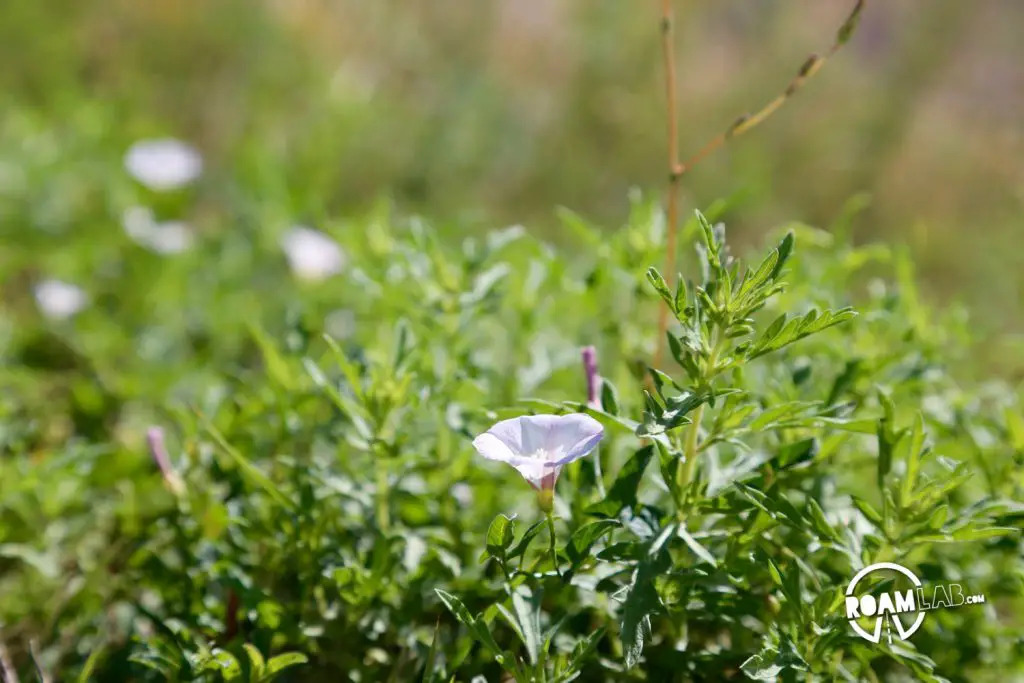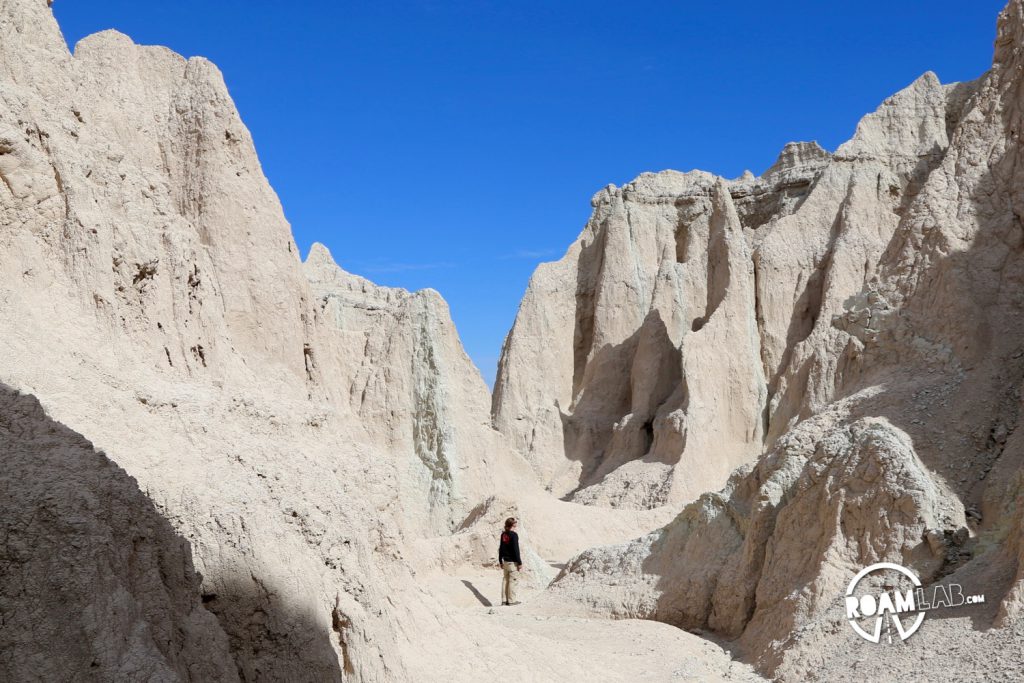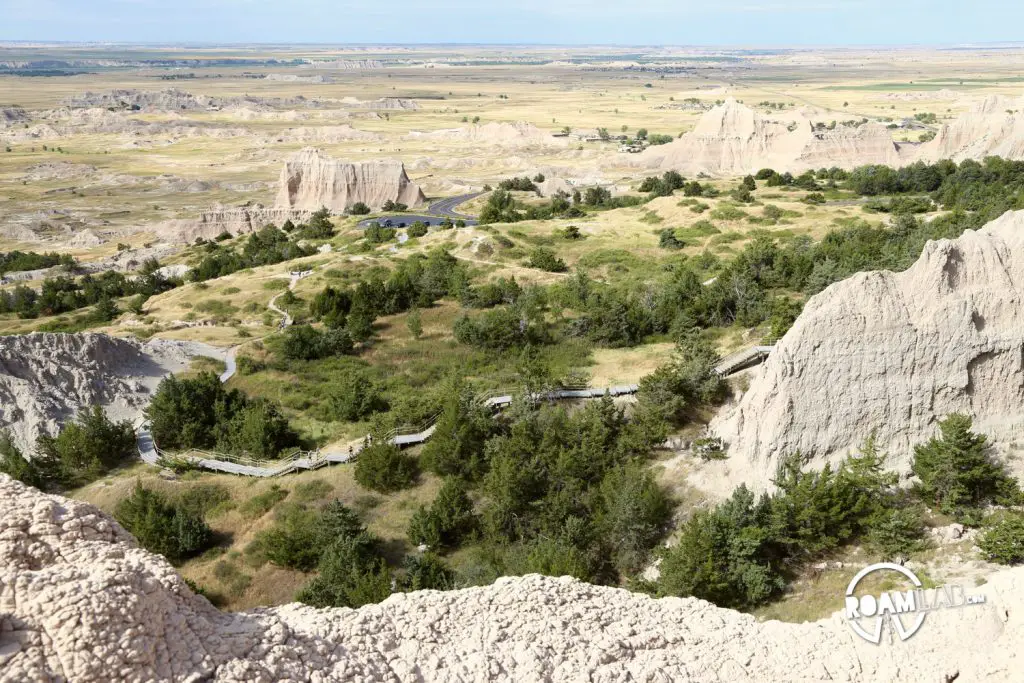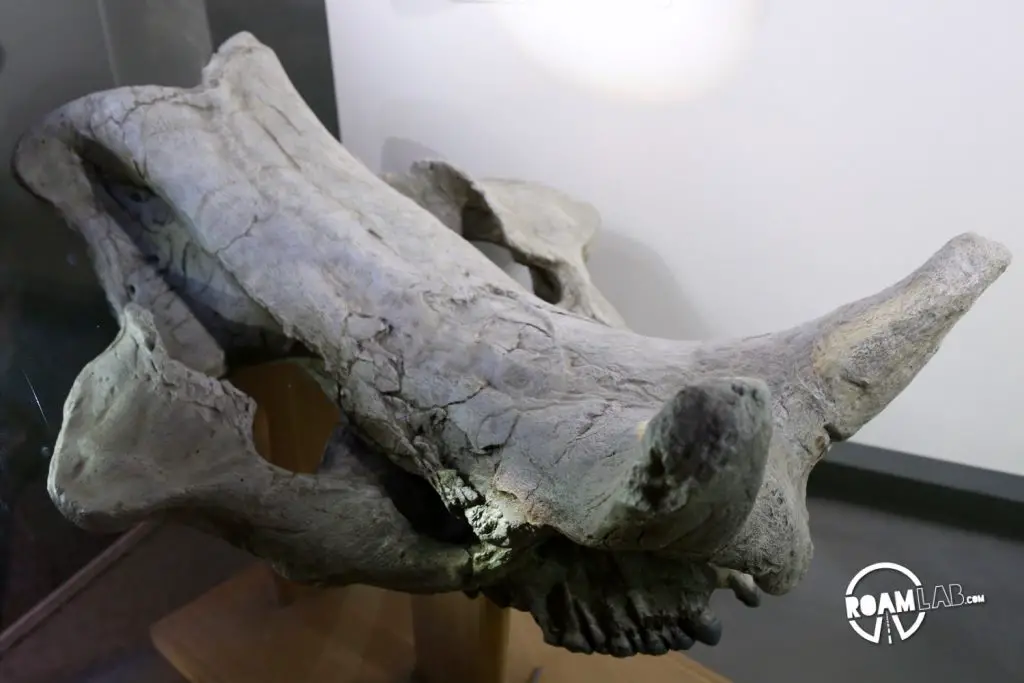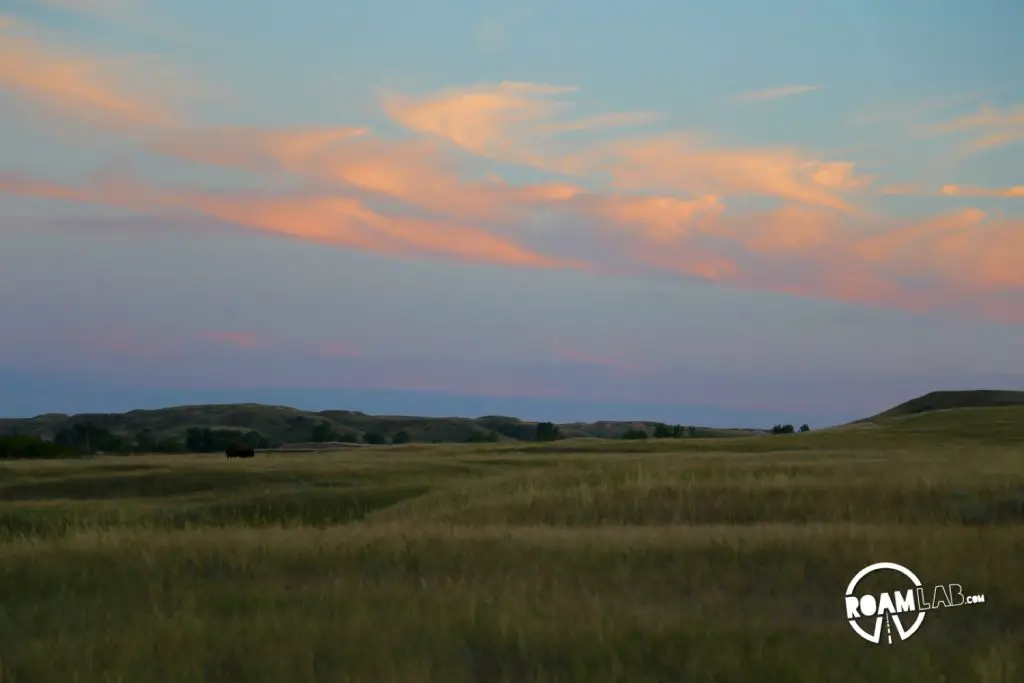Bleak & Beautiful Bluffs
To the Lakota, it was called mako spica. To the French trappers, it was known as les mauvaises terres à traverser. Both translated to “bad lands.” But the good and the bad of this land is all relative. To early homesteaders, the dramatic swings between sweltering summers and wicked winters made even sustenance farming unsustainable. But to a paleontologist with a chisel or a visitor with a camera and hiking boots, it might as well be heaven.
Fossils From An Ancient Sea Bed
The badlands were under water during the Jurassic period but that doesn’t mean that the badlands do not preserve a rich variety of fossils. Early sea life, such as Baculites and mosasaurs, is still discovered by eagle-eyed tourists. An inch of the badlands formations is worn away each year. And while that means the Badlands are unlikely to last the next 500,000 years, it means that new fossils are uncovered with each rainfall, most of which are discovered by tourists. Where rainstorms usually spoil a trip, a badlands deluge may be all that stands between any of us discovering a massive Archeotherium (the modern pigs creepy older relative) and the three toed ancestor of modern horses, the Mesohippus.


The Badlands’ Buttes
Of course, the delicate spires and pink bands of sediment that mark fossil-rich earth also draw devoted photographers. Like a wet stone to a knife, the rain and wind constantly cut away at the peaks of these delicate sedimentary buttes, shaving away the edges to sharp and dramatic points. Each phase of the day highlights different and rich colors.

Prairie Dogs, Bison, and…Ferrets?
It may be easy to be distracted by the breathtaking buttes of the Badlands, but that should not detract from the sprawling prairie, home to prairie dogs, bison, big horn sheep, and the black-footed ferret. There are several prairie dog towns across the park and the communal fellows are just as curious to stare at tourists as the tourists are to stare at them so long as it is from a distance. Bison are a common site: big dark dots among the golden prairie. They have even been known to wander into camping sites at night. Big horn sheep have also been reintroduced to the park and will sometimes be grazing next to the road. While, they all have collars so that rangers can monitor their positions, the goats remain quite wild.





